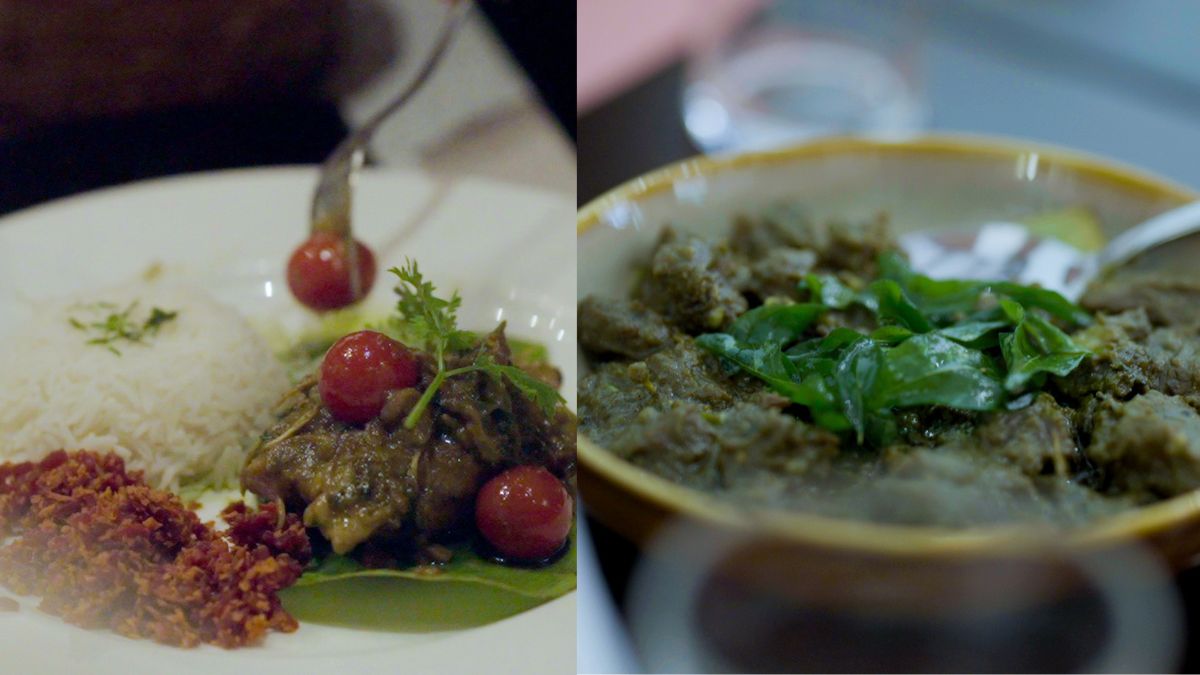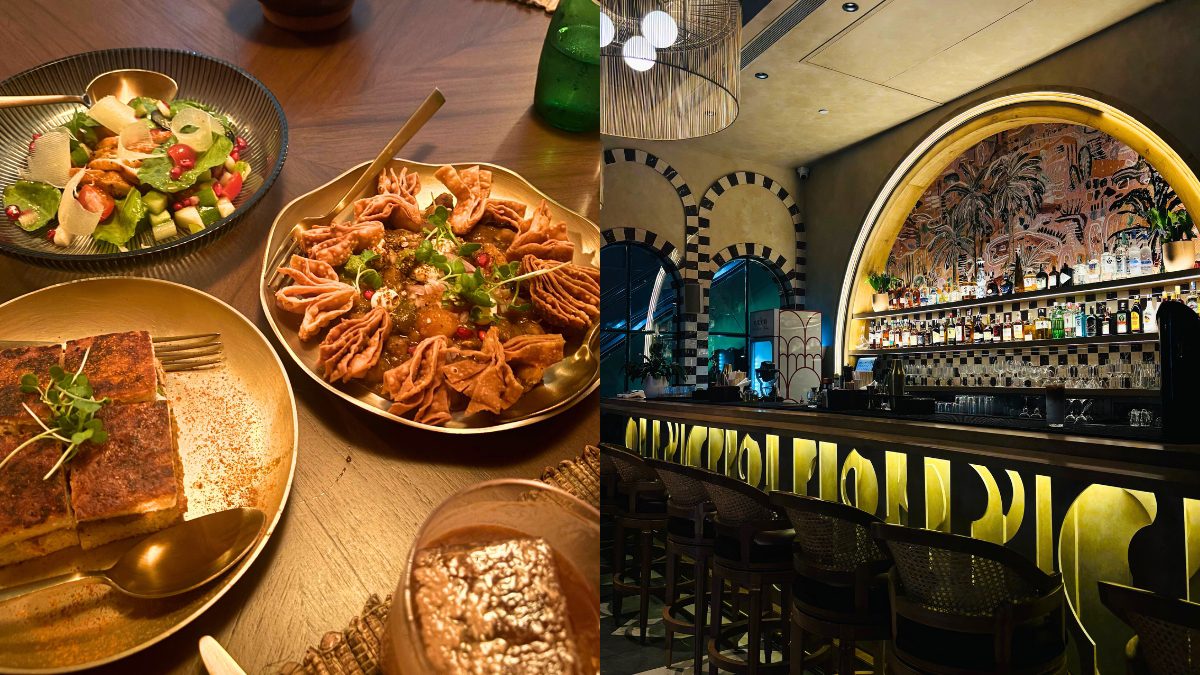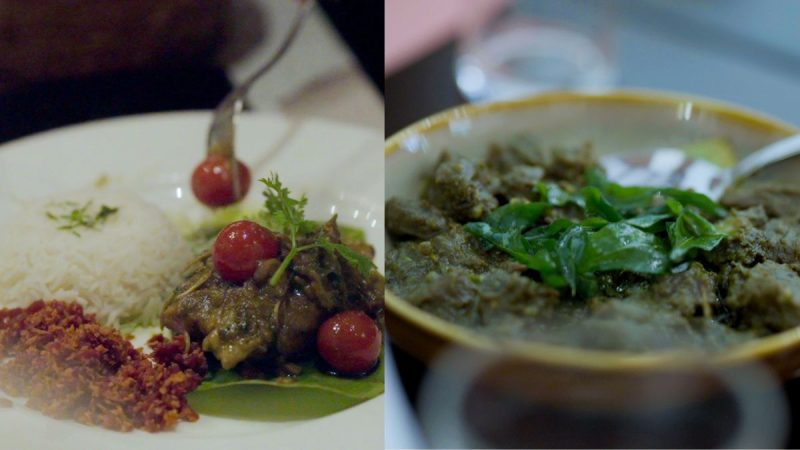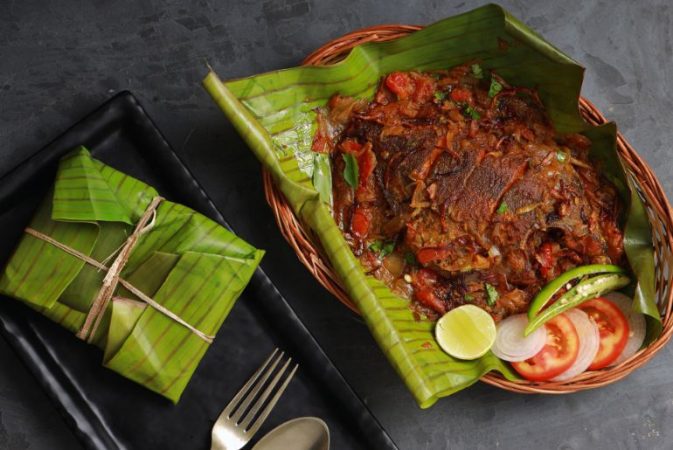When Anthony Bourdain visited Kochi for his food show, ‘No Reservations’, he had dug himself into a mouth-watering street food fare. Fairly, his first stop was a traditional thattukada, the ubiquitous covered carts selling street food. Sitting on a plastic chair, Bourdain enjoyed a selection of street dishes, including fried quail, curried lentils, porotta, fried spicy mackerel and sardines. When it comes to Kochi, your first dish is often the beginning of a delightful culinary journey that makes you explore further. You cannot help but be charmed by Kochi’s cooking style which continues to lull travellers and food enthusiasts alike. The flavours and the history create an experience that lingers long after the last bite.
In essence, Kochi’s food tells a story. The city stands out as an exceptional destination for anyone seeking to uncover the true essence of the convergence of flavours and history. And that’s why HOGR, a food discovery app started by Jugul Thachery, that guides you on what and where to eat hosted its first food travel series in this city in an attempt to discover hidden gems and savour exquisite flavours. The 4-day long food trail was curated along with Dr. Chef Avin, co-founder of Lavonne Cafe/Academy, Bangalore. And even in Chef’s view, Kochi food enchants the senses and nourishes the soul.
Slurrps From The Past
In Kochi, you discover a very pronounced cultural fusion. “Kochi cuisine has a unique blend of Western and local influences, particularly during the colonial era. The city’s position as a historical port city has shaped its culinary traditions, with influences from various cultures like the Portuguese, Arabs, British, and Dutch,” Chef Avin enlightens. The food here is highly rich in flavours and the spices and local ingredients shine through. “The British and Dutch colonisers introduced new ingredients like coconut and spices, which were combined with traditional local flavours to create the cuisine of Kochi. New ingredients like vinegar, coconut, and bread were introduced, and dishes like biryani and vindaloo have evolved. This fusion of flavours has resulted in a distinct culinary identity that is both familiar and exotic.”
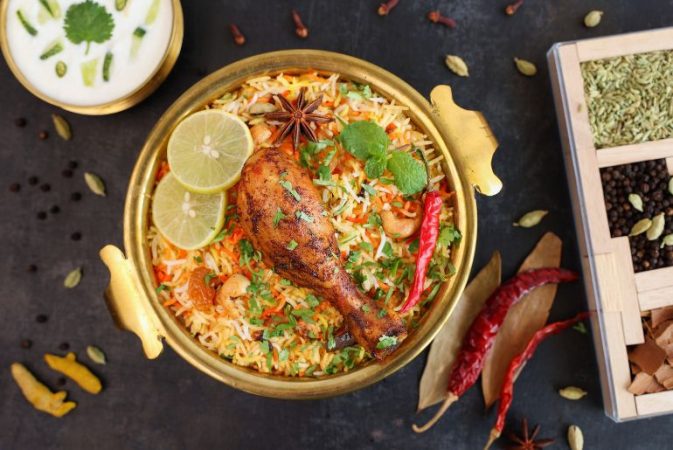
At the same time, the food in Kochi has global influences that intertwine seamlessly with local traditions. Fish Moilee is one such dish that showcases the perfect blend and beautifully exemplifies the Portuguese influence on Kochi’s cuisine. “Most of the ingredients used in Kerala cuisine like coconut, tamarind, curry leaves, mustard, and cassava (tapioca) normally consumed with fish curries never originated in India. They have been adopted from different parts of the world,” he adds. The food here is highly rich in flavours and the spices and local ingredients shine through.
The Spice Route’s Jewel
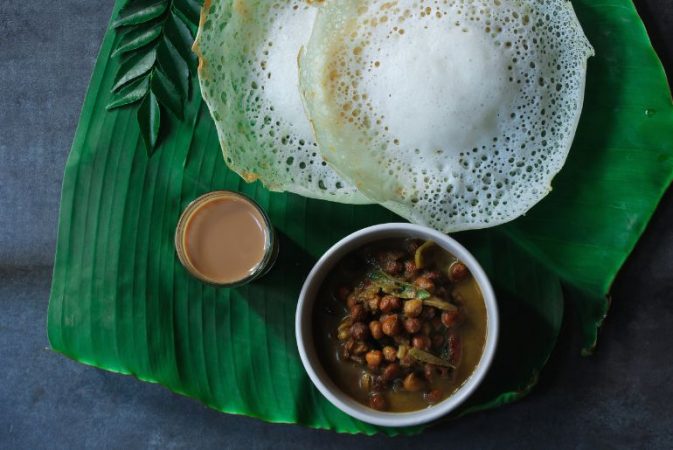
During the height of the spice trade, Kochi was a central hub where the world’s most coveted spices were traded. European explorers, particularly the Portuguese and later the Dutch and British, recognised the immense value these spices held. If you have tasted Kochi food, you would know why Europeans were hell-bent on conquering the spices of this place. The first bite of a dish like Meen Pollichathu, a spicy grilled fish wrapped in banana leaves, releases an explosion of aromas and tastes. A beloved dish in Kerala’s culinary repertoire, Kozhi Pollichathu is served with golden-brown but soft kalappam (a savoury rice and coconut pancake). The dish features a delightful blend of spices and banana leaves that capture the region’s traditional flavours.
“Kerala is known as the spice garden of India. The spices of Kochi, such as black pepper, cardamom, and cloves, infuse every dish with a depth of flavour. But I believe all these spices are mostly used in the dishes due to the climatic conditions. Earlier, this masterful use of spices contributed to overall well-being and potentially help prevent certain diseases,” Chef Avin says. The heat of black pepper, the sweetness of cinnamon, the earthiness of turmeric, and the pungency of mustard seeds are used in precise measures to create flavourful yet harmonious dishes.
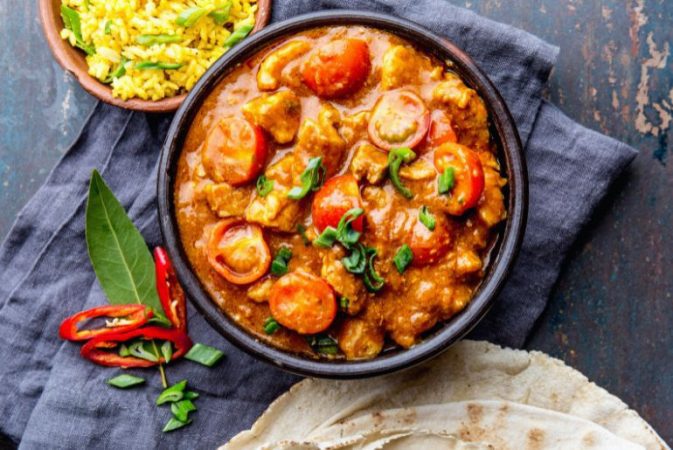
“It’s fascinating how spices contribute to the culinary harmony in Kochi and there are techniques used to achieve this. The cuisine utilises a variety of spices that need to be used in precise proportions. Cardamom is always used in lesser proportions because of its higher flavour profile. Some spices are dry-roasted to enhance the natural flavours and aromas. Some especially those with essential oils are roasted in a small amount of oil. Using these various techniques each spice brings a balance and enhances the natural flavours of local ingredients. All these unique techniques give dishes a depth and complexity that is uniquely Kochi,” he explains.
Also Read: Where History Meets Modernity: How To Spend 48 Hours In Kochi
The Enduring Legacy Of Kochi Food
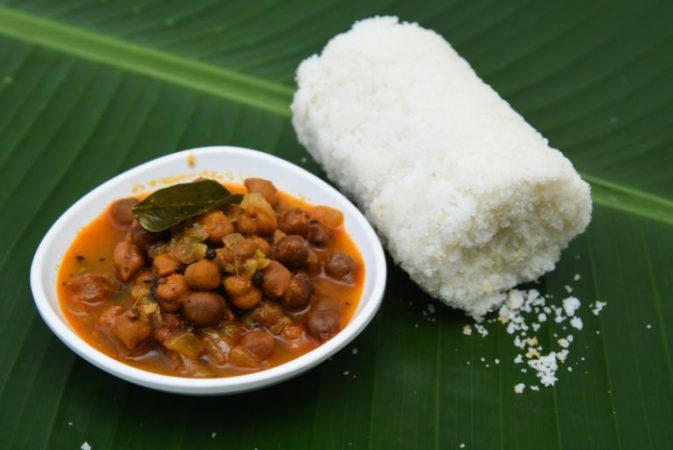
Additionally, in recent times, Kochi’s contemporary food scene is increasingly characterised by fusion cuisine. This trend appeals to a diverse palate and preserves and reinvents local culinary traditions. “Kochi’s food scene has evolved significantly. It has embraced the fusion cuisine trend, combining traditional Kerala flavours with global culinary techniques and ingredients. The city’s culinary landscape reflects a fascinating blend of influences, particularly from the UAE and other global cuisines. There is a growing emphasis on healthy eating, with restaurants focusing on organic ingredients, vegan options, and preparing dishes with plant-based versions of classical cuisine,” he informs.
For instance, Fort Kochi’s historic, The Old Harbour Hotel prepares a notable Crab Trilogy dish with distinct styles of preparation. The dish comes with Masala Crab, cooked with a blend of Indian spices and herbs; the classic French dish, crab au gratin involves crab meat mixed with a creamy sauce; and the Thai Green Crab version incorporates the flavours of Thai cuisine. The combination of Indian, French, and Thai styles in one dish exemplifies the global fusion approach that Kochi embraces in its culinary offerings. Every meal in Kochi feels like an adventure, from roadside eateries serving piping hot Puttu and Kadala Curry for breakfast to upscale restaurants offering sophisticated takes on Malabar Biriyani. The city’s culinary diversity ensures there is always something new to savour and explore.

“Must-have eateries would be Kashi Art Café, Paragon Restaurant, Dhe Puttu, and Fusion Bay. For local markets and street food, visit Broadway Market, and Mattancherry spice market. Joining a guided food walk can also enhance the experience as you can delve into the rich history of this place. Take a Fort Kochi Food Walk where they take you around the colonial restaurants. Learn to cook traditional Kerala dishes with local chefs that offer a hands-on culinary experience,” Chef Avin suggests.
Even the HOGR Xplore Kochi edition put forth delicious dishes, exclusive cooking demos, and a boat cruise along mangroves and fish farms, all on one neat platter. Food trails like this are increasingly getting famous and Thachery aims to make food discovery fun, and accessible with more such curated experiences in the future.
Kochi is indeed a culinary paradise. Having visited the city twice, I am still fascinated with its rich and diverse culinary landscape. Every meal is a narrative of the city’s past but there is no one kind of cuisine that the city is popular for. What is truly unique and beautiful is how Kochi has thrived on these century-old recipes, preserving and celebrating its culinary heritage even today…
———–
Cover image credits: Hogr
First Published: June 21, 2024 7:29 PM
